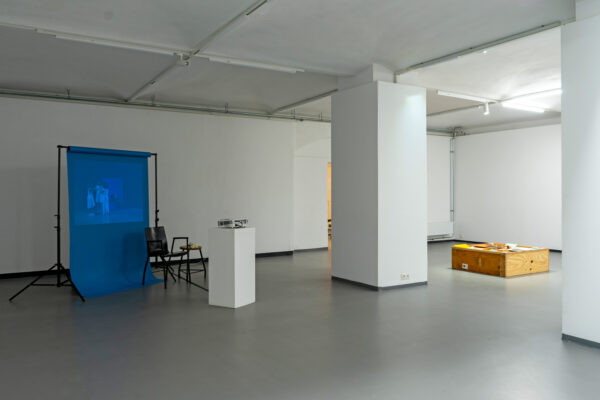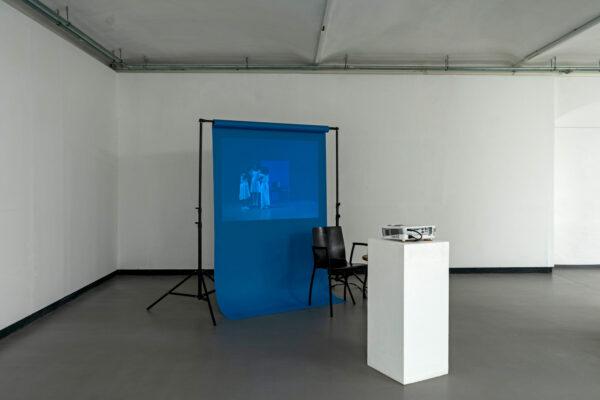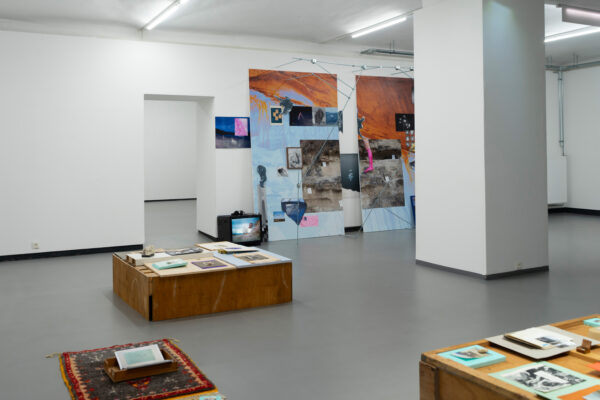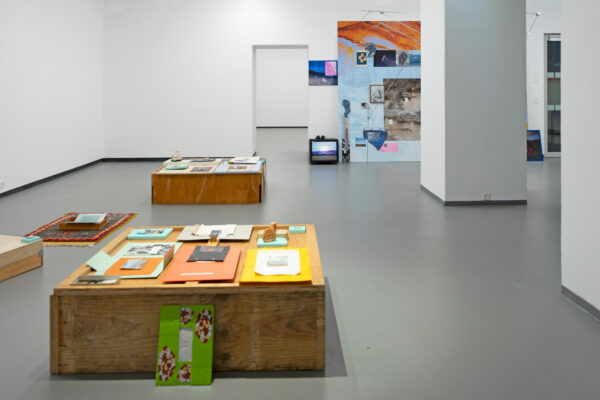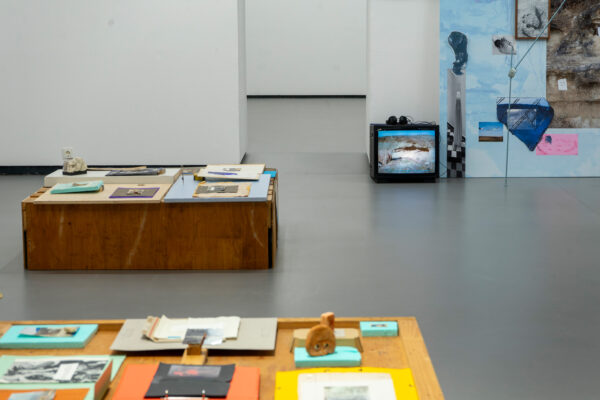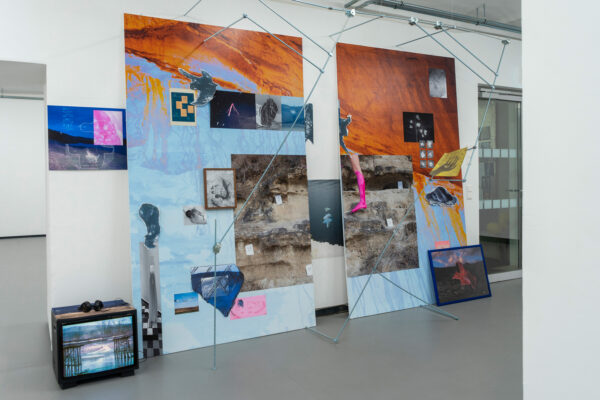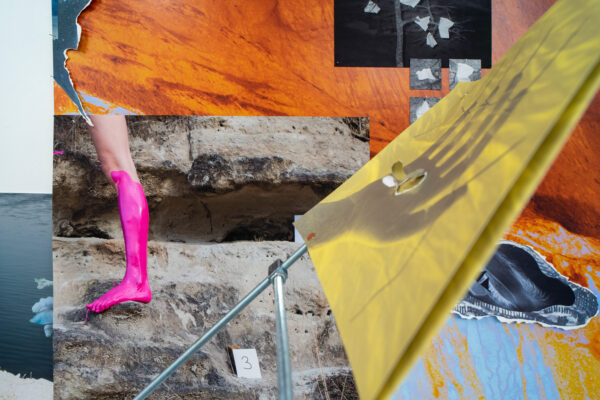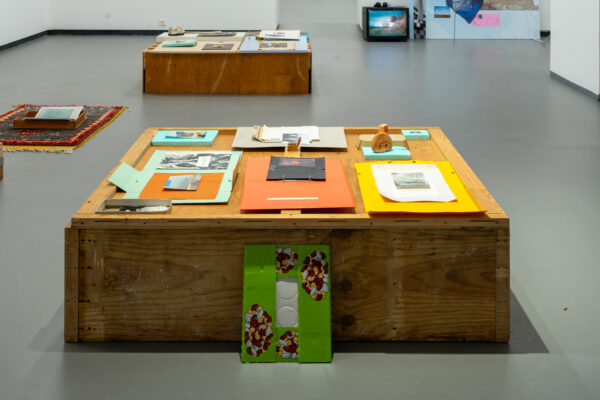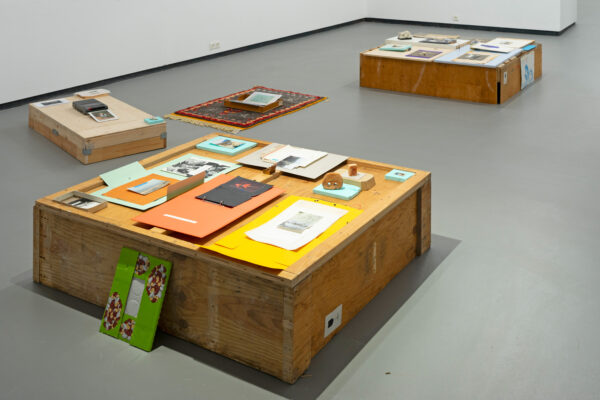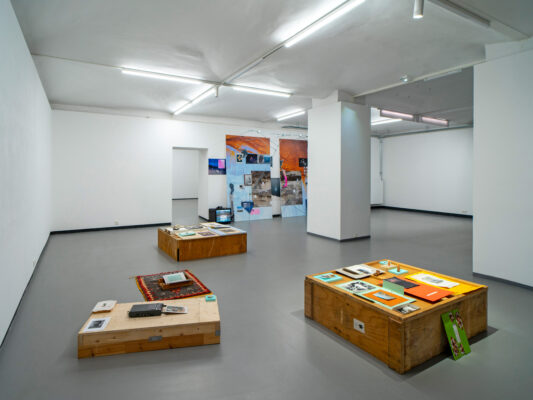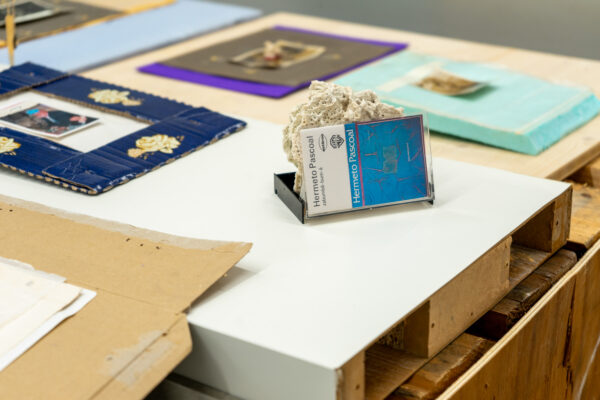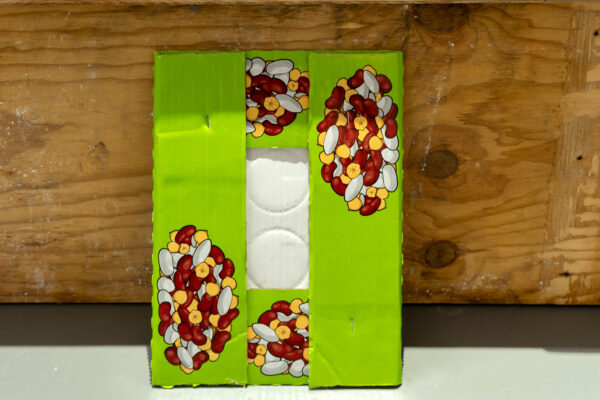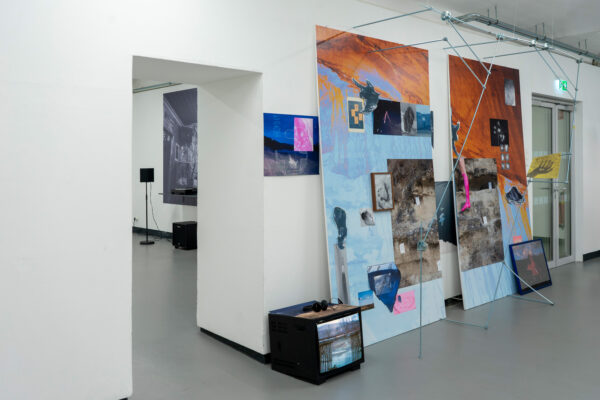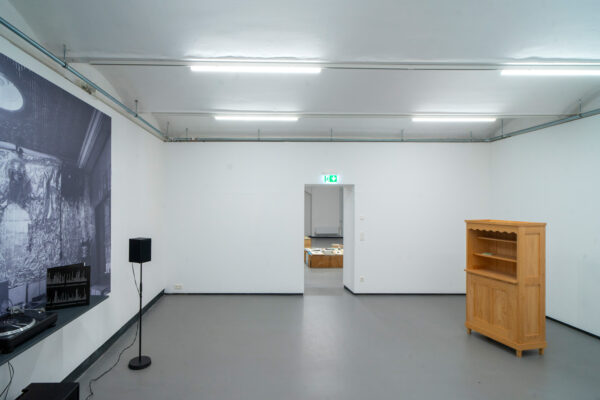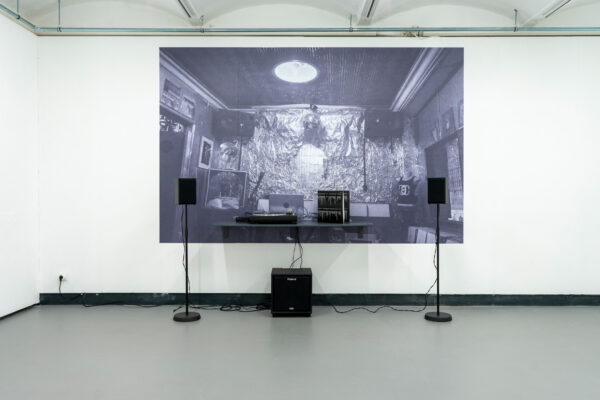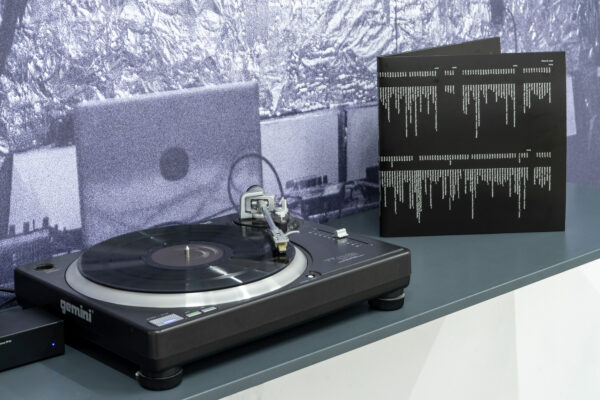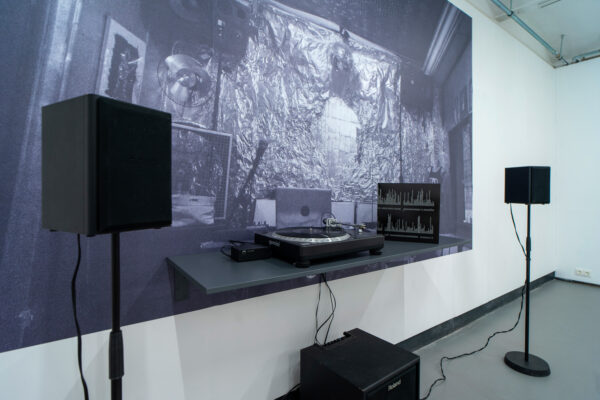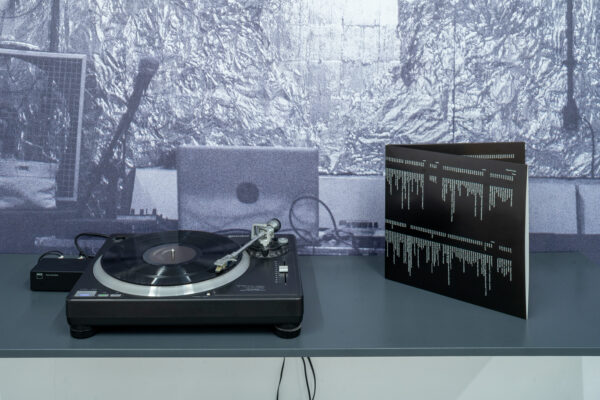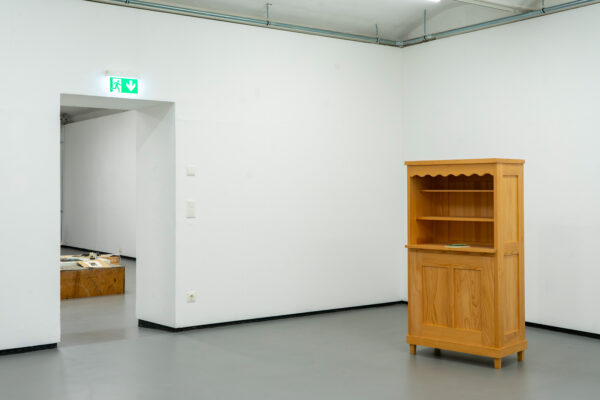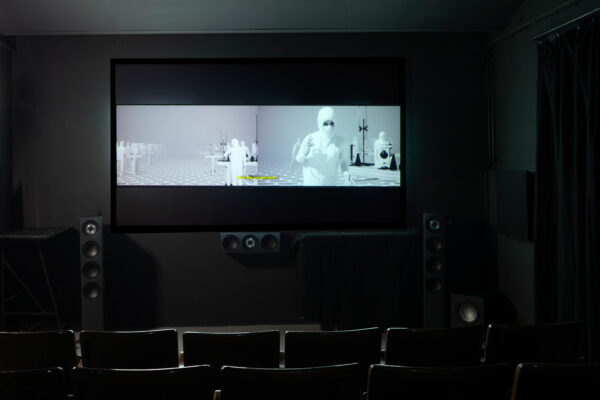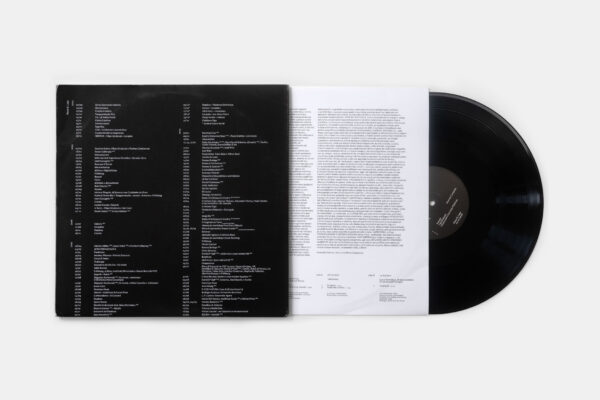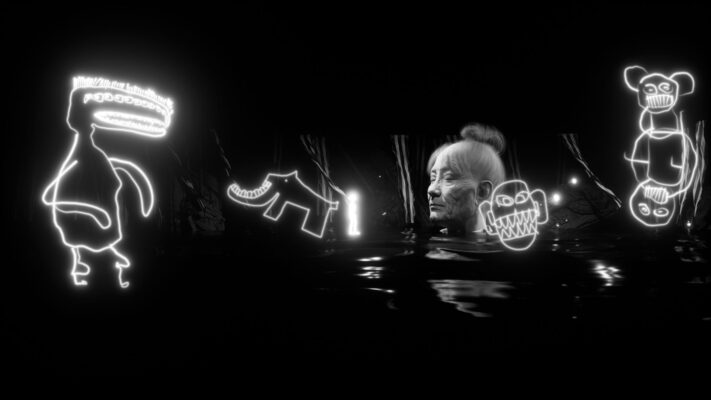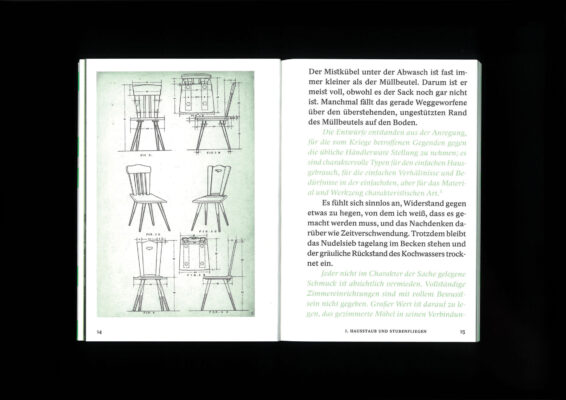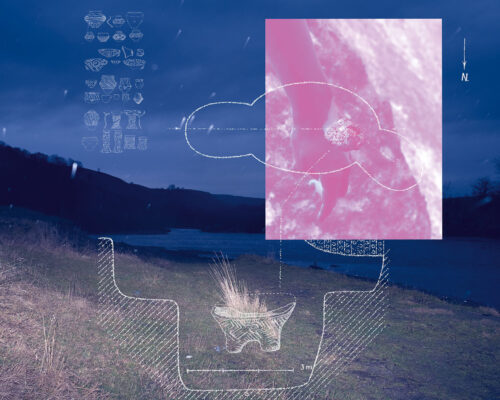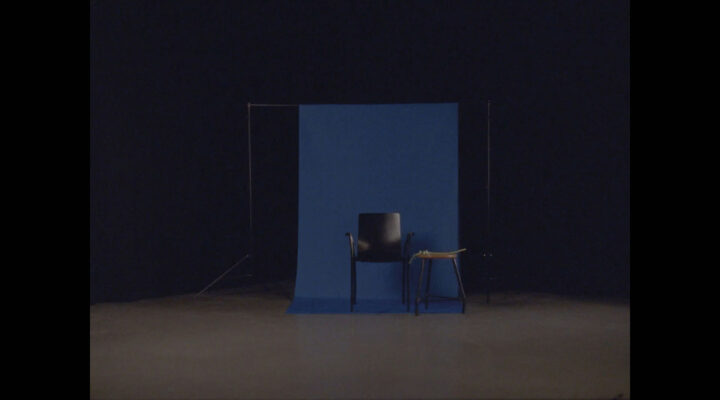Opening: Monday, 1 December 2025, 7 pm.
Opening speech: Manisha Jothady
Listening Session: Plano B by Vijai Maia Patchineelam, 8 pm. Artist Talks: Friday, 16 January 2026, 6–8 pm.: Eva Engelbert in conversation with Stefanie Kitzberger & Belinda Kazeem-Kamiński in conversation with Carla Vordermayer
Winter break: The Gallery is closed from 21 December 2025 until 8 January 2026.
For 2025/26, the curatorial team of FOTOGALERIE WIEN has chosen to focus on NARRATIVES, exploring narrative strategies and structures in contemporary photography and video art. The three exhibitions developed for this theme are organised chronologically: The first part, Topographies of Memory, looks back at the past through an examination of archival material, historiography, and collective and individual memory. The second part, Present Forms, addresses the question of how digital media can inform new narrative modes, and considers the overwhelming number of constantly available narratives in a networked world. The third part looks to the future and is dominated by visionary, fictional and speculative narrative modes, which are based on a desire to perceive the world differently or to escape it.
Linear and unambiguous narrative structures are replaced in the artistic works of the three exhibitions by discontinuous, fragmentary and circular representations, or those that lie between documentation and construction. Expectations are broken, and entrenched narratives are disrupted or dissolved in favour of multi-perspective narratives. There is also a focus on storytelling itself: what is told, by whom, and how, and how meanings, language and communication change.
“The first stage of this path will be […] to discover in the analysis of the small, individual moment the crystal of the total event.” These are the words employed by Walter Benjamin in his Arcades Project which demand that elements of the past excluded from official historiography should form the starting point for a revision of the historical narrative. Also the artists in this exhibition act in the knowledge that history and its interpretation always depends on those who research, document and narrate it, their ways of seeing, their interests and their points of view. NARRATIVES I: Topographies of Memory breaks with established traditions and directs our gaze towards historical absences and fringe zones. The artists’ methods here are diverse. They range from research about the documentation and archiving of historical facts to imagined, auto or semi-fictionalised strategies which act as alternatives to traditional images of history.
In her contribution, Eva Engelbert makes reference to the Austro-Hungarian Imperial School of Applied Arts in Vienna which, in 1916, initiated a competition with the title Einfacher Hausrat in order to bring about affordable furniture for a population impoverished by the First World War. A replica food cupboard from a design submitted to that competition, together with Engelbert’s artist book, Einfacher Hausrat, comprise her piece which has wide-ranging reflections on such subjects as marginalised female creativity, furniture design between aesthetic ambition and social responsibility, doing justice to materials and social welfare.
With Nursery Rhymes. (Holy) Water, a 16 mm film, Belinda Kazeem-Kamiński draws our attention to the Catholic Church’s participation in the trade in enslaved people in the nineteenth century. Hundreds of African children were bought by priests at Egyptian markets and ‘re-educated’ in European Christian monasteries, very often with the aim of sending them home as missionaries. The point of departure for Kazeem-Kamiński’s film is the forced baptism of three girls in Bruneck (South Tyrol, now in Italy) in 1855. By interweaving this event with scenes from Julie Dash’s Daughters of the Dust, a pioneering film about Afro-American history, spirituality and female perspectives she transforms the narrative of suffering into one of self-empowerment.
In the film installation, Memory is an Animal which Barks with Various Mouths, Jeanna Kolesova pursues the issues of how collective memory, national-political narratives, regional myths and subjective experience work together or stand in opposition. This multi-perspective view of the past and its relationship to the present is reflected in the montage of diverse filmic sources. These range from presumably documentary shots to found footage material and computer-generated or manipulated images.
Ícaro Lira engages with the dark, repressed side of Brazilian history. His work oscillates between documentation and fiction, between archaeological research and poetic assemblage though it always empathises with marginalised biographies, lost voices and fragmentary narratives. Lira works with a wide spectrum of found materials: photographs, newspaper cuttings, archive documents and everyday objects that are brought together in academic-seeming arrangements which, however, consciously resist any linear narrative. His works can be considered less as assertions and more as an invitation to remember, to listen and to doubt handed-down historical “truths”.
In his project Plano B, Vijai Maia Patchineelam, shows how culture outside institutional recognition comes into being and how processes of this kind can be reactivated and recalled by working together with artists. In 2003, in the Lapa district of Rio de Janeiro a record shop simultaneously acted as a cultural venue for concerts, performances, lectures and films. Within a decade it became a central locus for the alternative music scene. Together with initiator Fernando Torres, who considers Plano B to be a collective experiment, Patchineelam is exploring a recording archive of over 300 live performances. The collaboration has resulted in, inter alia, a double album that manifests not only traces of experimental music but also the significance of places where alternative cultural production is possible.
In Dalmonia Rognean’s work, the landscape ultimately becomes a place where different periods of time and events coexist and intertwine. An early Stone Age settlement was discovered on the banks of the Olt, a tributary of the Danube, in the nineteenth century – a place where the artist’s memories and associated fantasies are also anchored. Adopting a docu-fictional narrative style, Rognean’s working method mirrors that of archaeologists, conducting field research and classifying finds. The past is reconstructed as a fiction, reality underpinned by imagination. She highlights how bias remains an enduring part of archaeological work, despite various measures being taken to control systematic errors. The work reminds us that history is shaped by the diversity of narratives and perspectives – and that the notion of a single, objective truth must always be critically questioned.
(Manisha Jothady)
